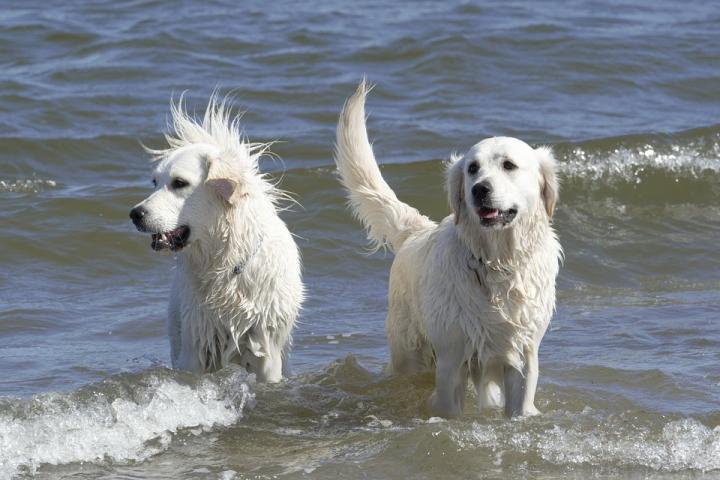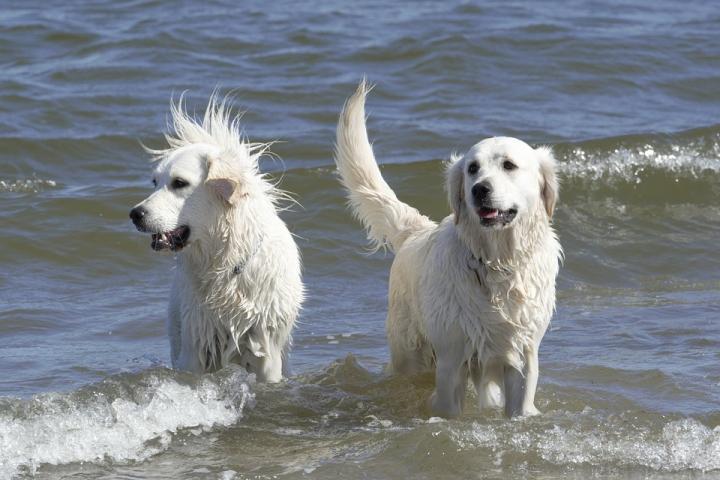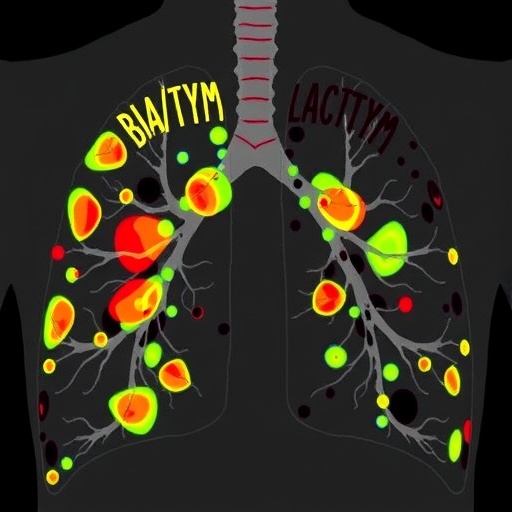
Credit: Photo courtesy of Oregon State University
CORVALLIS, Ore. – Researchers at Oregon State University have identified for the first time another bacterium that can cause symptoms similar to "salmon poisoning" in dogs – and may complicate the efforts of Pacific Northwest pet owners to keep their dogs protected and healthy.
The Pacific Northwest, from northern California to central Washington, is the only region of the world in which dogs face this potentially deadly health threat. It's caused by a complicated life cycle that includes a common freshwater snail that harbors a fluke worm, and the fluke, in turn, carries the bacterium Neorickettsia helminthoeca. The bacterium is the actual cause of salmon poisoning.
The underlying problem is not new. Dogs that died after eating uncooked, infected salmon were first noted in the Astoria Journal in 1814, not long after Lewis and Clark visited the region.
The conventional wisdom, however, has been that dogs are usually immune to salmon poisoning after they have once been infected, treated with antibiotics and recovered – giving pet owners at least some assurance that it's a problem they no longer need be concerned about.
The new discovery makes it clear the issue is not that simple.
In the infectious process that leads to salmon poisoning, the fluke is released from snails, which then infect salmon and other freshwater fishes. The life cycle is completed when a mammal eats an infected fish – in this case, dogs get sick from eating raw or undercooked salmon. The possible occurrence of "salmon poisoning" is actually dictated by the geographic distribution of the snail.
Another bacterium called "SF agent," however, has been found for the first time in a salmonid fish anywhere in the world, researchers report in a recent study in Veterinary Parasitology. The fluke host for this bacterium is Stellanchasmus falcatus.
"SF agent can infect dogs that eat salmon or trout, and it can cause a mild fever in dogs and other symptoms that can resemble salmon poisoning," said Michael Kent, a professor of microbiology in the OSU College of Science and College of Veterinary Medicine, and co-author of the study. "It can also be treated with antibiotics, but may not offer immunity to dogs that could be later exposed to the actual salmon poisoning bacterium. A pet owner might believe their dog is protected, when it isn't."
The larval stages of the worm that carries Neorickettsia helminthoeca were first associated with the disease in 1911, and in 1950 the actual bacterium was confirmed as the cause of salmon poisoning. It's in the same bacterial family as SF agent – meaning pet owners must now understand their dogs may face two related Neorickettsia pathogens – but one causes only a mild illness, while the other can be deadly.
Veterinary doctors, Kent said, routinely have treated animals based on their clinical signs, because the eggs of the fluke may be hard to find in dog feces, and the bacterium is difficult to culture from dog blood. Left untreated, dogs with salmon poisoning can die in a week to 10 days, often from severe hemorrhaging and internal ruptures. The ultimate fatality rate can approach 90 percent of untreated cases.
The bottom line, he said, is that pet owners should not make any assumptions about whether or not their dogs may have immunity to salmon poisoning. Kent said he has received several reports from local veterinarians documenting dogs contracting salmon poisoning more than once.
With the new awareness that different bacteria can cause similar initial symptoms, pet owners should know that dogs displaying such symptoms may or may not have a serious health problem.
The fluke worm, but not the bacterium, can also infect humans. Humans do not contract salmon poisoning, but may develop a relatively mild gastrointestinal illness. Either freezing or cooking infected fish will kill the worms.
###
This research was supported by the National Institutes of Health and done in collaboration with researchers from the University of North Dakota, Georgia Southern University, and the Woodburn Veterinary Clinic in Woodburn, Ore.
Editor's Notes: Video interviews and audio are available with this story.
- Michael Kent video interview, downloadable high resolution, with slates: http://bit.ly/2fIkfm9
- Michael Kent lab b-roll video footage, downloadable high resolution: http://bit.ly/2eE39le
- Michael Kent audio interview, downloadable for radio: http://bit.ly/2eYTY1Y
- Interview questions with timed responses: http://bit.ly/2es8dM1
- YouTube version, full interview without slates, http://bit.ly/2e60DYA
- You tube version as edited story: https://youtu.be/fZuNDP_wzZs
Media Contact
Michael Kent
[email protected]
541-737-8652
@oregonstatenews
http://www.orst.edu





